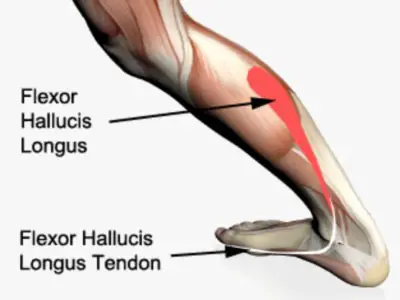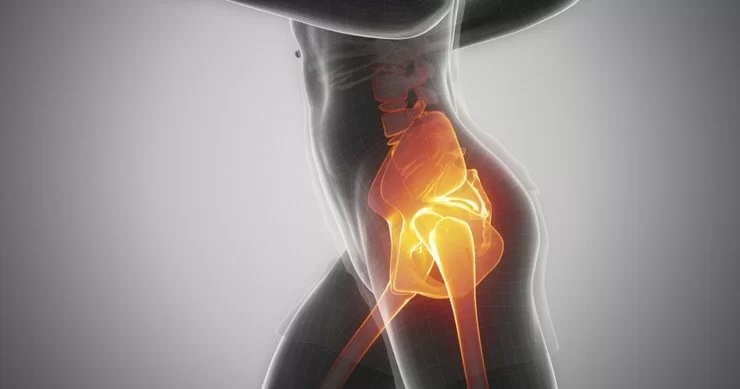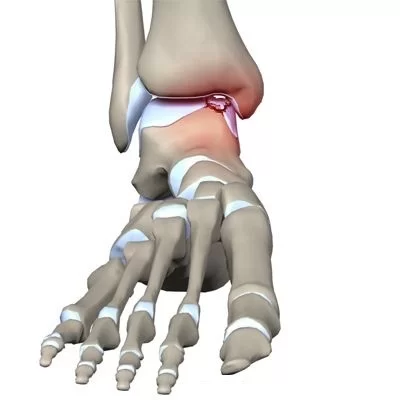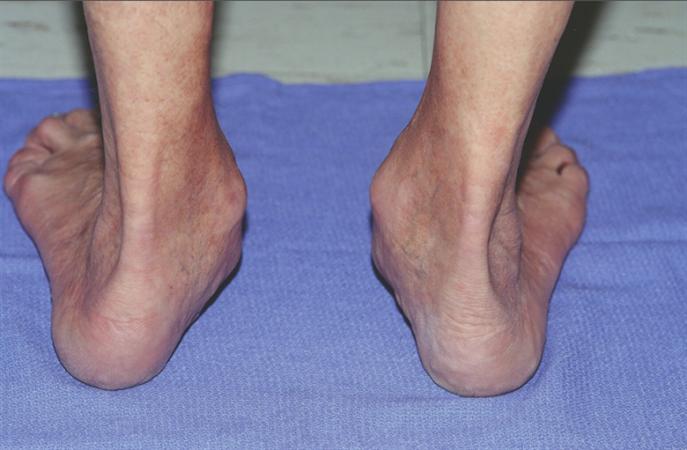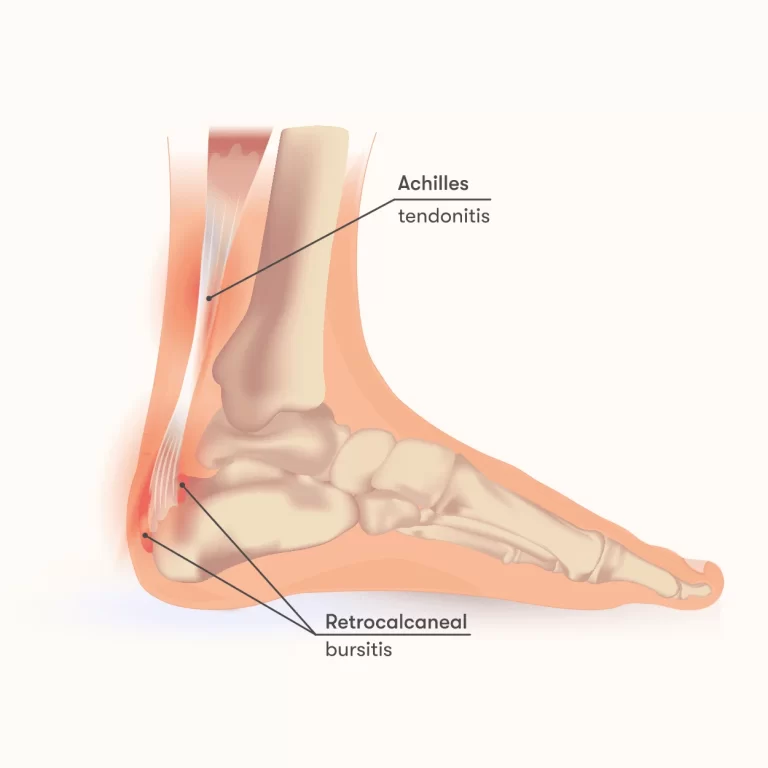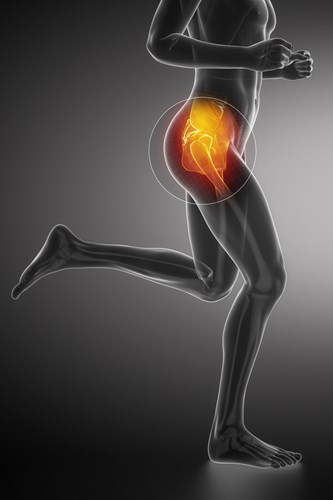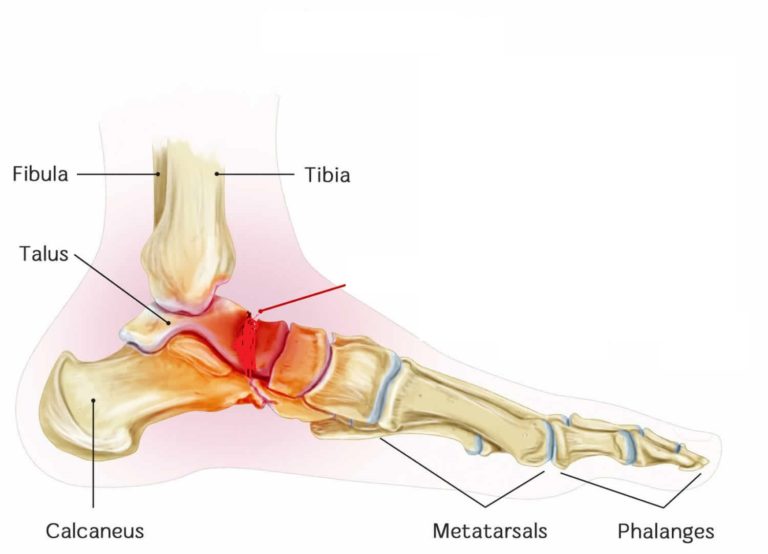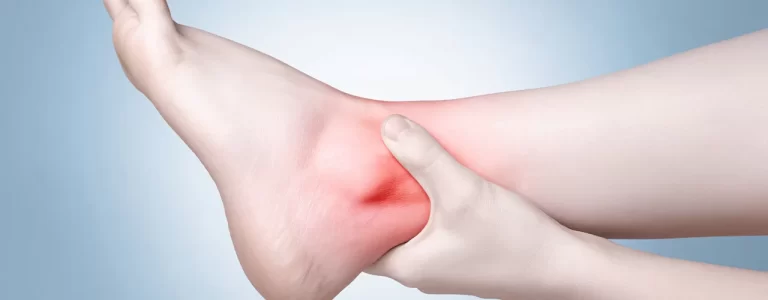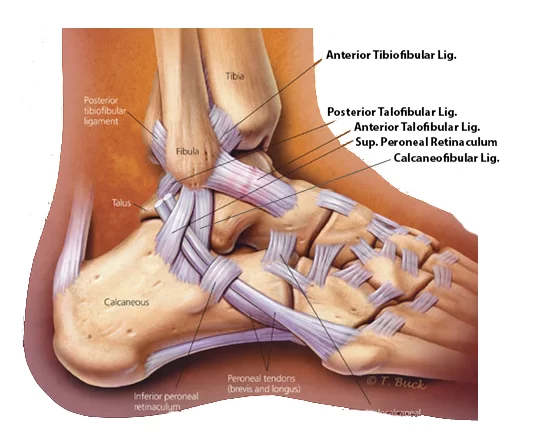Flexor hallucis longus tenosynovitis and Physiotherapy Management
Flexor hallucis longus tenosynovitis Related Anatomy: Biomechanics Flexor hallucis longus tenosynovitis Clinical Presentation Pathogenesis Classification of Flexor hallucis longus tenosynovitis : Physical Examination Imaging related to Flexor hallucis longus tenosynovitis Conservative Treatment Operative Treatment Postero-Medial Ankle PHYSIOTHERAPY MANAGEMENT Pain relieving modalities FAQ

